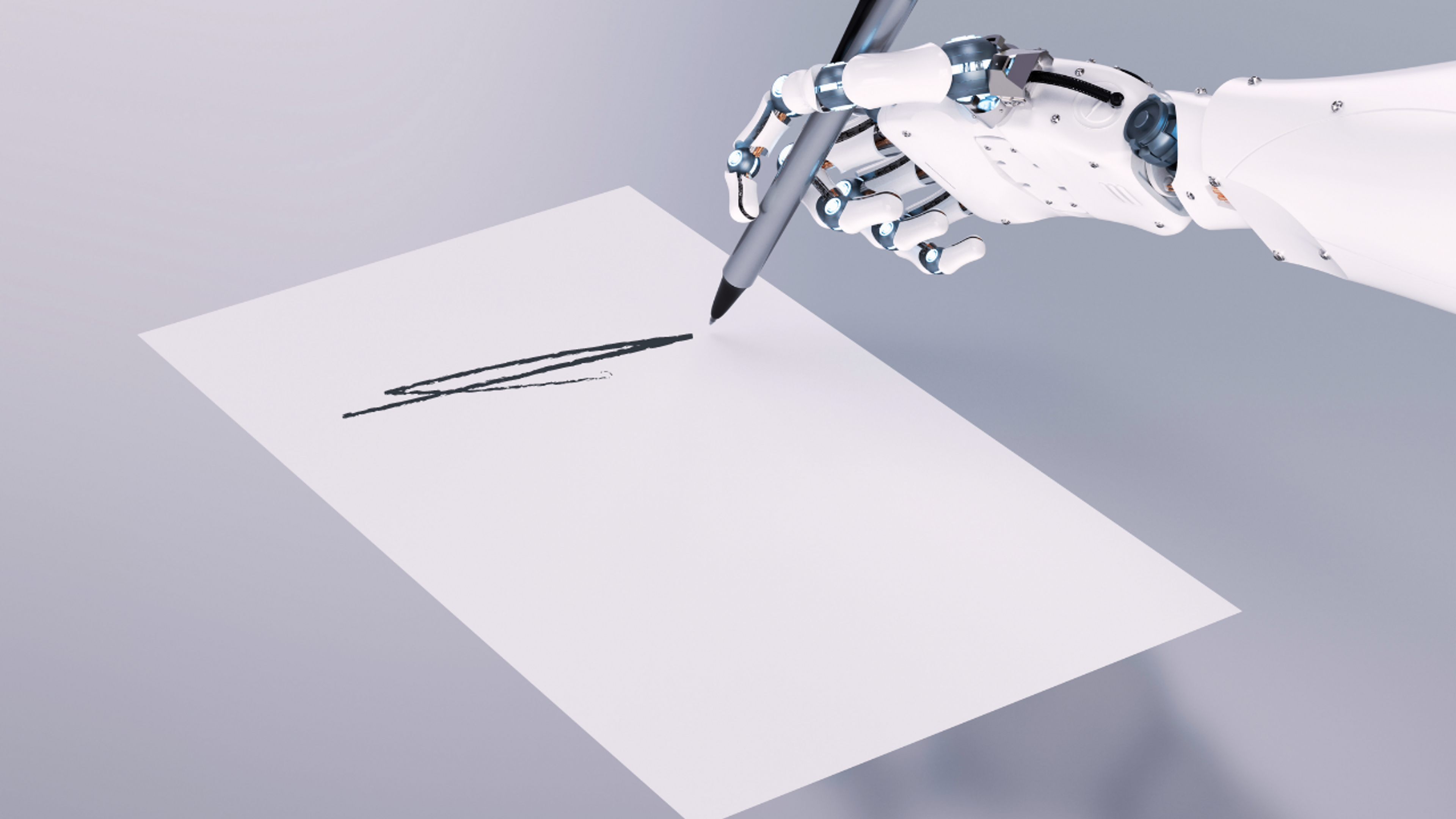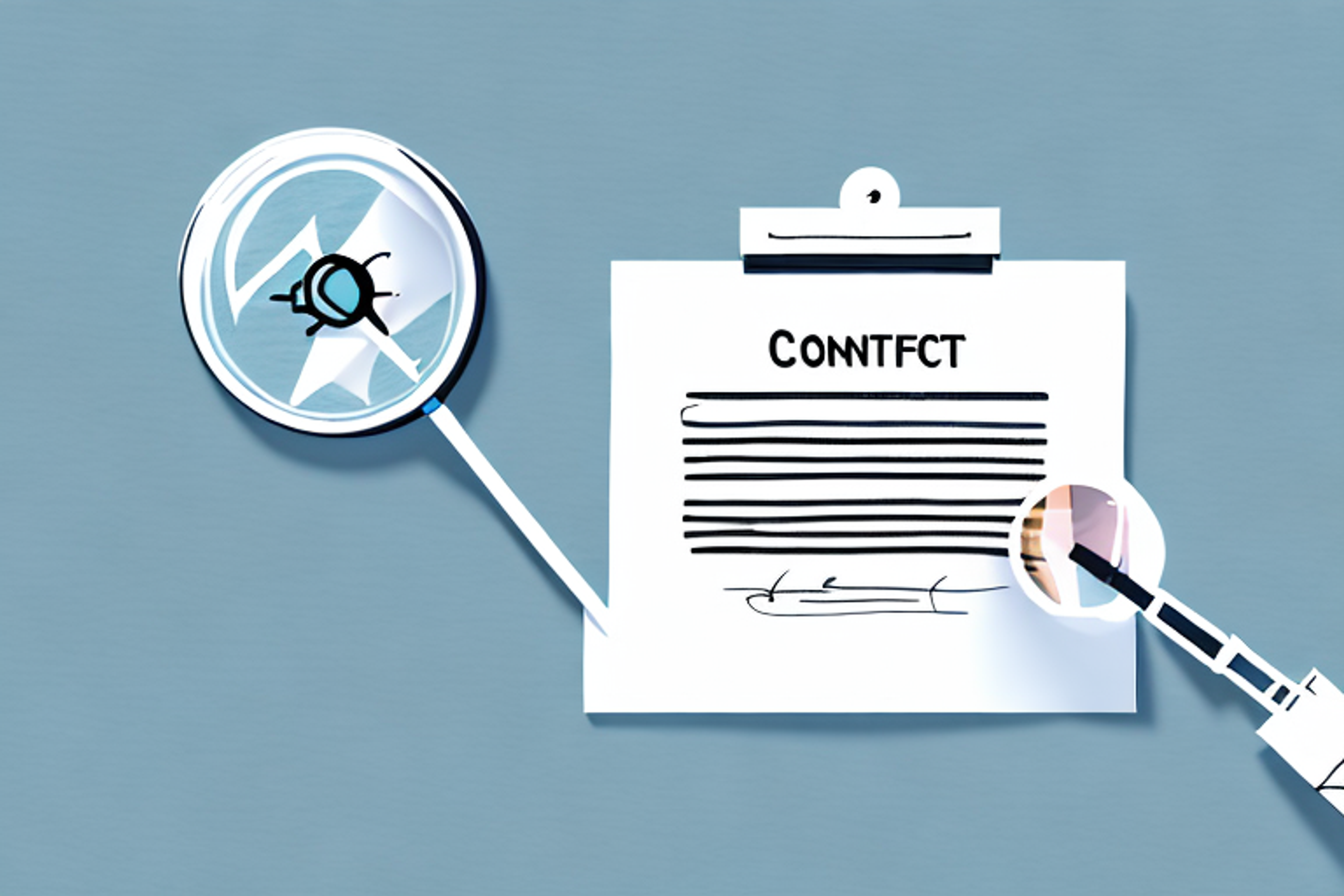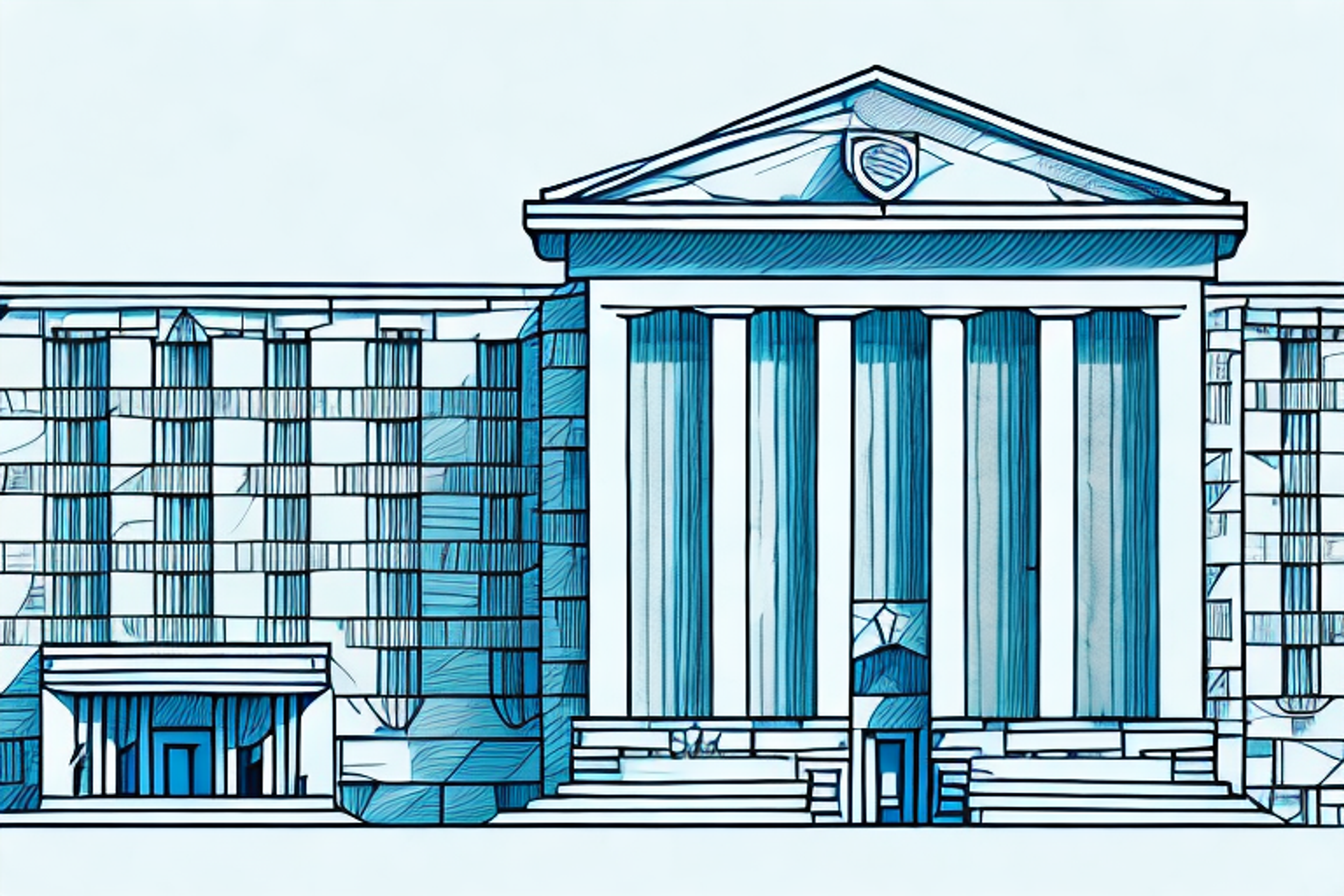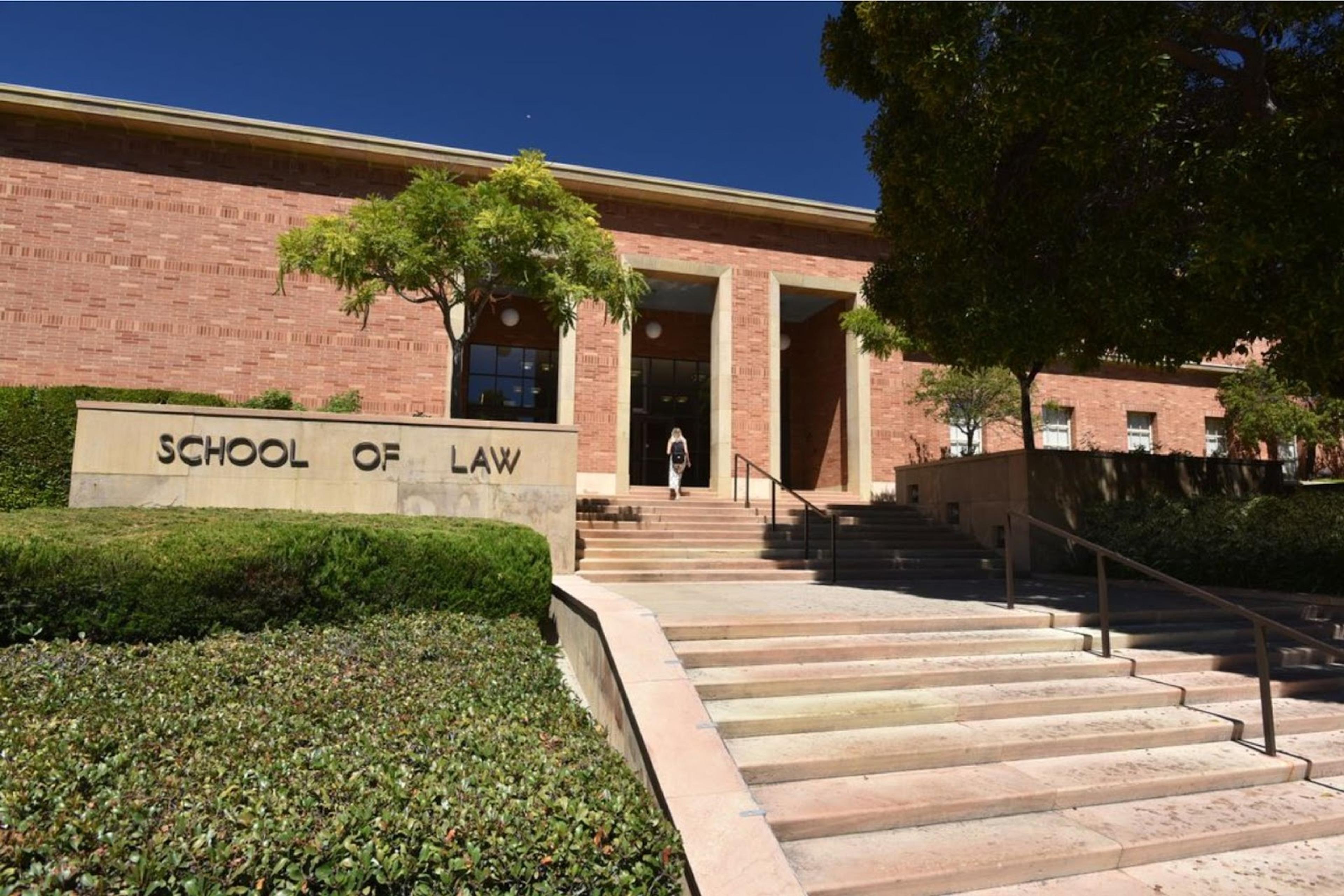Evidence Law Success: Unveiling the Best Tactics and Strategies
Discover the most effective tactics and strategies for success in evidence law with our comprehensive guide.
Posted April 3, 2025

Table of Contents
Free Event

Featuring Indrani S.
Law School App Office Hours with a Former Stanford AdCom Member
Starting Thursday, April 17
11:30 PM UTC · 45 minutes

Featuring Indrani S.
When it comes to legal cases, evidence law is of utmost importance. The use of evidence can make or break a case, as it can either prove or disprove accusations. Therefore, it is crucial for lawyers to fully understand the role of evidence in the legal system, the different types of evidence that can be used in court, and how to gather and preserve evidence for a strong case. In this article, we will explore the best tactics and strategies for achieving evidence law success in your legal cases.
Why Evidence Law is Important in Legal Cases
Evidence law is crucial in legal cases because it sets the standard for what can and cannot be used to prove a case. It ensures that the evidence used is reliable and trustworthy, and that it meets the requirements for admissibility. Without evidence, there would be no way to prove or disprove allegations, which would lead to an unfair and unreliable legal system. Therefore, it is important for lawyers to have a thorough understanding of evidence law and how to use it effectively.
One of the key aspects of evidence law is the concept of chain of custody. This refers to the documentation and tracking of physical evidence from the moment it is collected to the moment it is presented in court. A break in the chain of custody can lead to the evidence being deemed inadmissible, as it cannot be proven that it has not been tampered with or altered in any way. Therefore, lawyers must ensure that they can establish a clear and unbroken chain of custody for any evidence they wish to use in court.
Another important aspect of evidence law is the use of expert witnesses. These are individuals who have specialized knowledge or expertise in a particular field, and can provide testimony to help explain complex scientific or technical evidence to the court. However, the use of expert witnesses can be controversial, as their opinions may be subjective and open to interpretation. It is therefore important for lawyers to carefully consider the use of expert witnesses and ensure that their testimony is relevant, reliable, and admissible under evidence law.
Understanding the Role of Evidence in the Legal System
Evidence is used in the legal system to support or refute allegations made in court. It can take many different forms, such as witness testimony, physical evidence, documentary evidence, and expert testimony. The use of evidence helps to establish facts and prove allegations beyond a reasonable doubt. It is important to note that not all evidence is admissible in court, and there are certain requirements that must be met for evidence to be deemed admissible.
One of the key requirements for evidence to be admissible in court is that it must be relevant to the case at hand. This means that the evidence must have some bearing on the facts of the case and must be able to help the judge or jury make a decision. Additionally, evidence must be reliable and trustworthy. This means that it must be obtained legally and must not be tampered with or altered in any way.
Another important aspect of evidence in the legal system is the burden of proof. The burden of proof refers to the responsibility of the party making the allegations to prove their case. In criminal cases, the burden of proof is on the prosecution to prove the defendant's guilt beyond a reasonable doubt. In civil cases, the burden of proof is on the plaintiff to prove their case by a preponderance of the evidence. Understanding the role of evidence and the burden of proof is essential for anyone involved in the legal system, whether as a lawyer, judge, or juror.
Types of Evidence that Can Be Used in Court
The types of evidence that can be used in court can vary depending on the nature of the case. Some common types of evidence include witness testimony, physical evidence, documentary evidence, and expert testimony. Witness testimony is often used in cases where eyewitness accounts are needed, while physical evidence is used to provide concrete proof, such as fingerprints or DNA samples. Documentary evidence is used to provide written or recorded proof, such as contracts or emails, while expert testimony is used to provide specialized knowledge or opinion in a particular field.
Another type of evidence that can be used in court is circumstantial evidence. This type of evidence relies on inference to draw a conclusion about a fact. For example, if a person is found with a weapon near a crime scene, it can be inferred that they were involved in the crime. However, circumstantial evidence is not always reliable and can be open to interpretation.
In addition, character evidence can also be used in court. This type of evidence is used to establish a person's character or reputation, and can be used to support or challenge their credibility. However, character evidence is often limited in its admissibility and can be subject to strict rules and regulations.
The Admissibility of Evidence: What Judges Consider
When it comes to the admissibility of evidence, judges will consider several factors. One of the most important factors is relevance, which means that the evidence must be related to the case at hand. Judges will also consider whether the evidence is reliable and trustworthy, whether it was obtained legally, and whether it has any prejudicial impact on the case. Additionally, judges may consider the probative value of the evidence, which means the degree to which it proves or disproves an allegation.
Another factor that judges may consider when determining the admissibility of evidence is the chain of custody. This refers to the documentation of the evidence's whereabouts and who has handled it from the time it was collected to the time it is presented in court. If there are gaps in the chain of custody or if it is unclear who has handled the evidence, the judge may deem it inadmissible.
Furthermore, judges may also consider the potential for the evidence to be misleading or confusing to the jury. If the evidence is overly complex or difficult to understand, it may not be admitted. Similarly, if the evidence is likely to cause an emotional reaction from the jury that could cloud their judgment, it may also be excluded.
How to Gather and Preserve Evidence for a Strong Case
Gathering and preserving evidence is crucial for building a strong case. It is important to start collecting evidence as soon as possible, as evidence can disappear or become contaminated over time. It is also important to use proper collection and preservation techniques to ensure that the evidence remains admissible in court. This may include taking photographs, creating detailed reports, and using proper handling techniques to prevent contamination or damage.
The Importance of Expert Witnesses in Presenting Evidence
Expert witnesses can be a valuable asset in presenting evidence in court. They possess specialized knowledge or skill in a particular field, which can help to clarify complex or technical information for the judge or jury. Expert witnesses can also provide opinions or interpretations of evidence that can help to support or refute allegations made in court. It is important to choose expert witnesses carefully, as their testimony can greatly affect the outcome of a case.
Cross-Examination Strategies to Discredit Opposing Evidence
Cross-examination is an important part of presenting evidence in court. It is the process of questioning the opposing side's witnesses in order to uncover any weaknesses or contradictions in their testimony. There are several strategies that can be used during cross-examination, such as asking leading questions, establishing a timeline, and scrutinizing any inconsistencies in the testimony.
Using Technology to Present and Analyze Evidence in Court
Technology can be a valuable tool in presenting and analyzing evidence in court. It can help to clarify complex information, such as diagrams or charts, and can provide visual aids to help the judge or jury understand the case. Additionally, technology can be used for DNA analysis, forensic analysis, and other forms of scientific evidence that require specialized tools or techniques.
Common Mistakes to Avoid When Presenting Evidence in Court
Presenting evidence in court can be a complicated process, and there are several mistakes that lawyers should avoid. These may include failing to properly authenticate evidence, presenting hearsay testimony, or failing to lay the proper foundation for expert testimony. Additionally, it is important to ensure that the evidence presented is relevant and reliable, and that it has not been tampered with or contaminated in any way.
The Role of Lawyers in Building a Strong Case with Evidence
Lawyers play a crucial role in building a strong case with evidence. They must have a thorough understanding of evidence law, as well as the ability to collect, analyze, and present evidence effectively. Additionally, lawyers must be able to anticipate and overcome any challenges that may arise during the course of the trial, such as objections or unexpected evidence.
The Future of Evidence Law: Emerging Trends and Challenges
The field of evidence law is constantly evolving, and there are several emerging trends and challenges that lawyers should be aware of. For example, the use of social media as evidence is becoming more common, as well as the use of AI and other advanced technologies in evidence analysis. Additionally, there are challenges related to the use of scientific evidence, such as the reliability of forensic analysis and the admissibility of new technologies.
Effective Communication Strategies for Presenting Evidence
Effective communication is crucial for presenting evidence in court. Lawyers must be able to clearly and concisely present their arguments, while also engaging the judge or jury with compelling evidence. This may involve using storytelling techniques, creating visual aids, or using rhetorical devices to emphasize key points.
The Impact of Cultural and Social Factors on the Use of Evidence
Cultural and social factors can have a significant impact on the use of evidence in legal cases. For example, different cultures may have different perspectives on what constitutes reliable evidence, or may place different values on certain types of evidence, such as witness testimony versus physical evidence. Additionally, social biases and stereotypes can affect the perception of evidence, both for the judge or jury and for the lawyers presenting the evidence.
Case Studies: Examining Successful Use of Evidence in High-Profile Cases
Examining successful use of evidence in high-profile cases can provide valuable insights into effective evidence law strategies. For example, the OJ Simpson trial demonstrated the importance of DNA evidence, while the Casey Anthony trial demonstrated the impact of expert witnesses on a case. By studying these cases, lawyers can learn from both the successes and failures of others, and apply these lessons to their own practice.
Conclusion
By understanding the role of evidence in the legal system, the types of evidence that can be used, and the best tactics and strategies for presenting evidence in court, lawyers can achieve evidence law success in their legal cases. Whether it involves gathering and preserving evidence, presenting expert testimony, using technology to support their case, or anticipating and overcoming challenges, lawyers must be prepared to use evidence effectively in order to achieve the best possible outcome for their clients.











